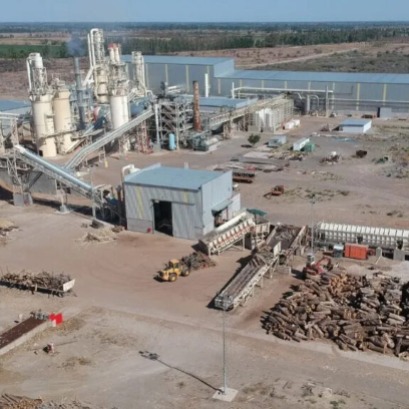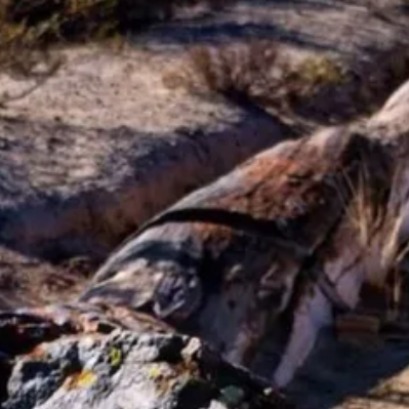
Furniture industry | The fiplast group acquires the historic Platinum Mendoza furniture and projects its international relaunch
After 70 years of experience, the iconic Argentine firm changes owners and bets on productive reactivation, commercial expansion and sustainable forest development.
Mendoza (11/6/2025) - The recognized Platinum brand, symbol of the furniture industry in Argentina, was acquired by the FiPlasta group, led by businessman Marcelo Mindlin. Agglomerate boards to high quality furniture. During decades, Platinum accompanied generations of Argentines with their traditional furniture to assemble, easily identifiable by their characteristic Chapita. Now, under a new driving, a new stage begins that promises to recover its prominence in the local market and project towards export, leveraged by the forest assets of the investment group. New Cycle: Rejection and sustainable strategy The acquisition process was recently completed, and marks a turning point in the history of this family business. In his final stage, Platinum crossed difficulties derived from a complex corporate structure: 20 shareholders, including the nine sons of the founder, whose ages were from 30 to 80 years. Although there was no timely crisis, the need to guarantee the continuity of the factory and conserve jobs was key to agreeing on the sale. The company is going through a process of relaunching and recomposition of stocks, so it was requested patience to customers while the production is stabilized. The objective of the new management is to reach the sale of 35,000 furniture per year and triple the work rhythm to operate with three shifts, reactivating the full capacity of the plant. From the landing of the new team led by Federico García Malgor, the production of furniture went from 2,000 to 17,000 units per month, and the agglomerate reached 5,000 cubic meters. Thus, the company faces logistics and cost main, which is around $ 30,000 per ton, doubles with freight. To operate steadily, 200 hectares of trees and a monthly production close to 15,000 m³ of boards would be required. Fipiplast: Industrial experience at the service of the growing acquirer company, fixstone, is the only Argentine producer of high density wooden boards. It has two floors in Ramallo (Buenos Aires) and more than 2,500 hectares of forest assets. In July 2023, Mindlin led a personal operation (independent of Pampa Energía) to take the main control of fiplasto, accompanied by historical collaborators of the group.The strategic plan combines industrial efficiency, forest development and opening of new commercial channels, with focus on quality, sustainability and long -term vision. The integration of Platinum into the productive ecosystem of fiplasto promises not only to revitalize a historical brand, but also to energize a key sector for Mendoza and the national economy.
IT MAY INTEREST YOU
 The second largest wetland in South America is located in Argentina: what is it?
The second largest wetland in South America is located in Argentina: what is it?
Argentina has national parks that place it in a unique position within South America, competing with 300 others. Which is the largest? South America is home to more than 300 national parks, but many go unnoticed. There are extensive wetlands that have been the subject of major ecological restoration projects, to coastal mountains with deep indigenous heritage. Today we tell you the case of one located in Argentina.
 The forest of the oldest shadows: the story of the petrified trees
The forest of the oldest shadows: the story of the petrified trees
One of the natural treasures of Río Negro turns 23 years old under the protection law that allows its conservation. Where it is and how it was formed. Río Negro celebrates 23 years of conservation in the petrified forest as a Protected Natural Area (ANP). It is a space of 625 hectares that protects an exceptional site of fossil trunks that date back more than 60 million years.
 Experts cant believe it, but this tree is the oldest in the world and continues to bear fruit: it is 4,000 years old.
Experts cant believe it, but this tree is the oldest in the world and continues to bear fruit: it is 4,000 years old.
Nature keeps secrets that defy the passage of time, and one of the most surprising examples is a tree that, approximately 4,000 years old, continues to bear fruit today. This specimen has become a symbol of resistance and longevity, capable of surviving climate changes, landscape transformations and human activity itself.





















